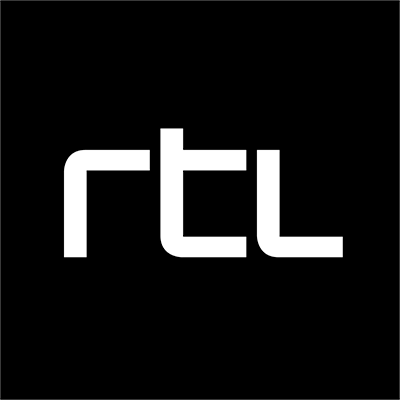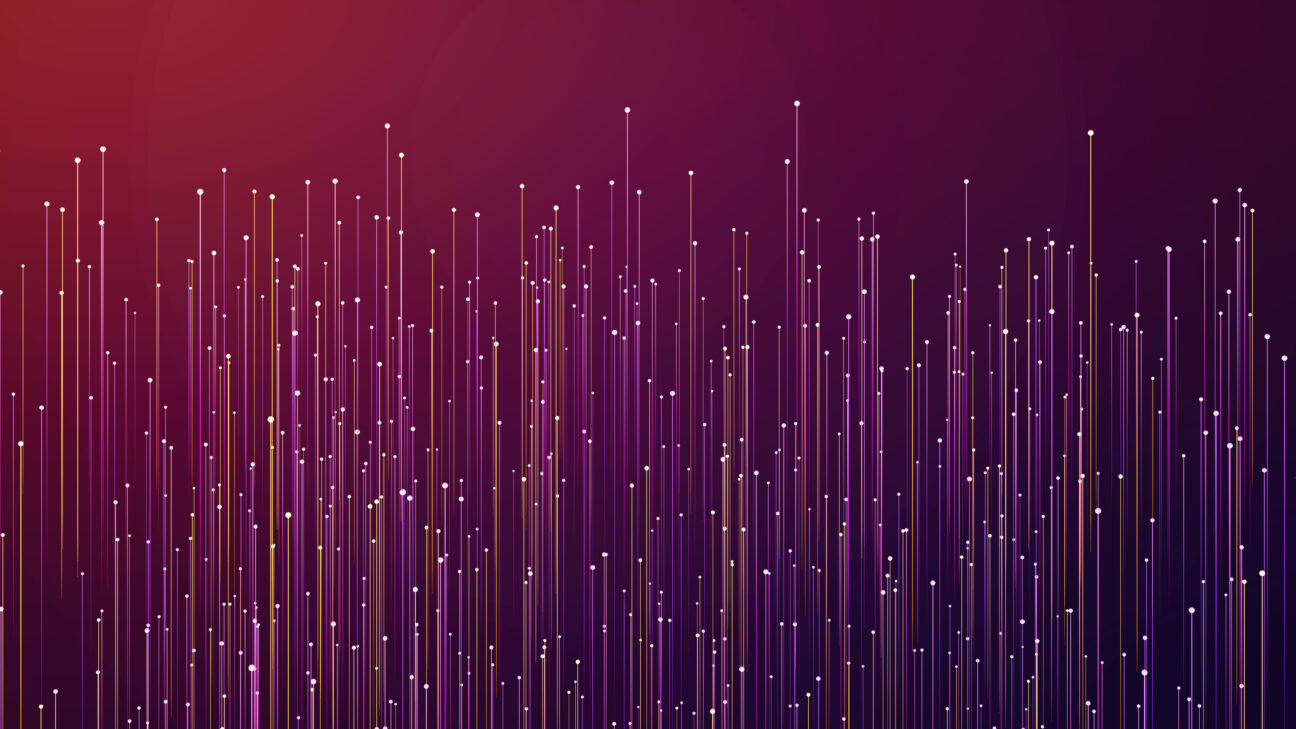Enabling RTL to smoothly integrate new systems in order to respond to change faster
About RTL Nederland
RTL Nederland is a subsidiary of RTL Group, one of the largest European media companies. RTL Nederland includes a number of television channels, including RTL 4, RTL 5, RTL 7, RTL 8, and RTL Z, as well as a production company called RTL Productions. In addition, the company manages the streaming service Videoland and several digital platforms, such as Buienradar (a weather forecasting platform). In addition to television channels, RTL Nederland also has other business units, including Ad Alliance, which handles the sale of advertising time on the RTL channels and channels for which they execute advertising sales.
Enabling growth through the integration of a modern advertising sales system
RTL decided to embark on a large Sales Transformation Program to improve its advertising sales effectiveness and with this the collaboration with partners and media buyers. This transformation program aimed to replace RTL’s core sales tools, used for selling advertising space on more than 40 TV channels. RTL understood that a new, modern system was required, that is capable of dealing with changing needs and large amounts of data that needed to be exchanged between different systems and partners. This required a new set of integration capabilities and a new integration approach. After a thorough analysis, RTL selected MuleSoft AnyPoint, the market’s leading Integration Platform, to realize their integration needs.
Future-proof connectivity with MuleSoft AnyPoint platform
Devoteam, a leading MuleSoft implementation partner in The Netherlands, was asked to guide RTL through the implementation of the new Integration platform and to ensure the creation of a seamlessly integrated ecosystem, encompassing both new and existing applications.
Devoteam’s mission was to focus on the MuleSoft platform implementation. The development guidelines for the MuleSoft project include naming conventions, structuring of the interfaces and implementation, flow orchestration, using common modules (CSL), and much more. The guidelines described the full development life cycle, starting from the creation of interface specifications and the project base. After that, the interfaces were implemented and tested in detail, and later on, deployed to dedicated MuleSoft environments for further testing until the application was ready for use in production. This also meant advisory involvement in the architectural decisions as well as an active role in the design phase, together with RTL’s internal Enterprise- and Integration Architects.
The project was executed using an Agile DevOps approach, jointly with RTL business analysts, product owners, and Devoteam consultants. All these different specialists worked together to incrementally deliver new features to production. Milestones were set and brought to production without any business continuity disruption. A safeguard approach was implemented to avoid “big-bang releases” by running new implementations in production in parallel to existing systems. With this approach, the new implementation’s behaviour could be monitored first, to ensure a smooth transition and therefore minimize risk.
The technical contribution to the sales transformation
Common Service Library
The Common Service Library (CSL) is a common library for logging, error handling, and cross-referencing, used in the project to speed up the development process and standardize the usage of reusable features. CSL is a separate Mule application plugin that can be imported using Maven. The logging module provides logic to prepare and send different logging events to the ELK stack and see the desired transactions. The error handling module creates standardized error messages and status codes for Mule applications. The cross-referencing module is used to get organization-level meta-data and configuration from a database and use those in both technical and business mapping.
Master Data Services
Master Data Services (MDS) enables you to manage a master set of your organization’s data. You can organize the data into models, create rules for updating the data, and control which updates the data. With Excel, you can share the master data set with other people in your organization. MDS has a three-tier architecture consisting of the database layer, service layer, and UI/Add-in layer to maintain the data. From MuleSoft point of view, MDS data can be accessed using the CSL cross-referencing module.
Generic File Transfer
Generic File Transfer (GFT) is a managed file transfer solution, implemented using MuleSoft API-led architecture. Four different file protocols are supported to ensure various use cases for RTL: Azure, FTP, FTPS, and SFTP. Configuration about transfers and endpoints is stored in MDS tables to allow independent reconfiguration and reuse. Besides automated interfaces, GFT is also providing a manual interface via HTTPS protocol, so the other applications can call GFT in a quick and proven way.
Business Agility through standardized and automated integrations
From manual to automated integrations
RTL has now transformed its approach from ad hoc manual integrations and file transfers to a managed, structured, centralized, and automated integration approach with CI/CD pipelines.
Azure DevOps is used to implement CI/CD build- and release pipelines. For both, CloudHub and Runtime Fabric deployments, CI/CD build- and release pipeline templates have been created. Developers are now enabled to establish standardized CI/CD pipelines for a new MuleSoft component in only a few minutes.
To provide RTL with even more control, Devoteam implemented Elasic’s ELK Monitoring Stack, which provides RTL with clear monitoring visualizations and an overall dashboard on performance.
Elastic-Logstash-Kibana stack (ELK) uses CSL logs as input to aggregate logs from MuleSoft integrations, analyze the logs, create visualizations for application and infrastructure monitoring, faster troubleshooting, security analytics, altering, and more. All MuleSoft integrations are covered with Kibana dashboards that offer various interactive diagrams, transaction overviews, status visualizations, and searches.
Documentation and standardization to faster integrate new systems
Modernization, from legacy point-to-point integrations to MuleSoft API-led architecture, is needed to ensure code reuse, it is more reliable, more available, and has better scaling. Legacy systems are old systems developed using legacy programming languages that are hard and expensive to maintain. In most cases, documentation is not up-to-date or is missing. Previously, when a new system or tool needed to be integrated, the legacy code resulted in challenges due to a lack of documentation. This is now centrally managed, documented, and standardized, enabling RTL to smoothly integrate with new systems, which provides numerous advantages, such as the reduction of coupling between components, flexibility, monitoring, easier maintenance, and cost reduction.
RTL is now storing documentation in Confluence to centralize MuleSoft documentation and resolve the existing documentation issues of legacy systems during the modernization. Confluence is a great collaboration software tool used to create MuleSoft documentation that contains HLD/TLD diagrams, explanations, tables, and more. Besides MuleSoft documentation, the other RTL projects, goals, and terminology are stored in Confluence to guarantee transparency and well-organized documentation that can be easily shared between teams.
Smooth and easy connectivity to capture new business opportunities
With standardized APIs, RTL’s experience increased flexibility to offer its services to more and more internal and external parties. Issues are pinpointed as soon as, or even before they emerge, instead of sometime later when these incidents pose a threat to operational continuity.
The Sales Transformation program, and the new MuleSoft integration platform and approach, offer RTL the means to support growth, act quicker, and be more responsive to change.

